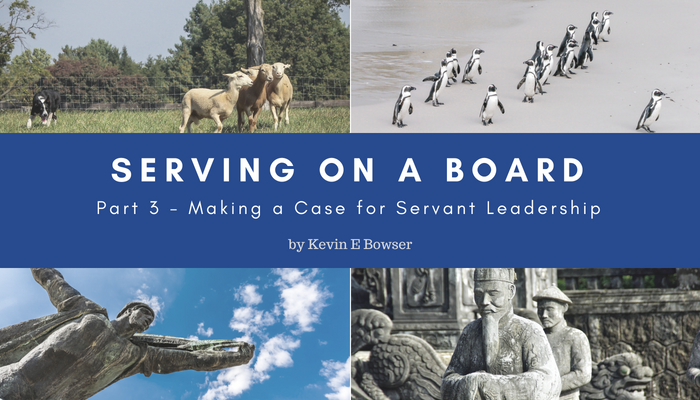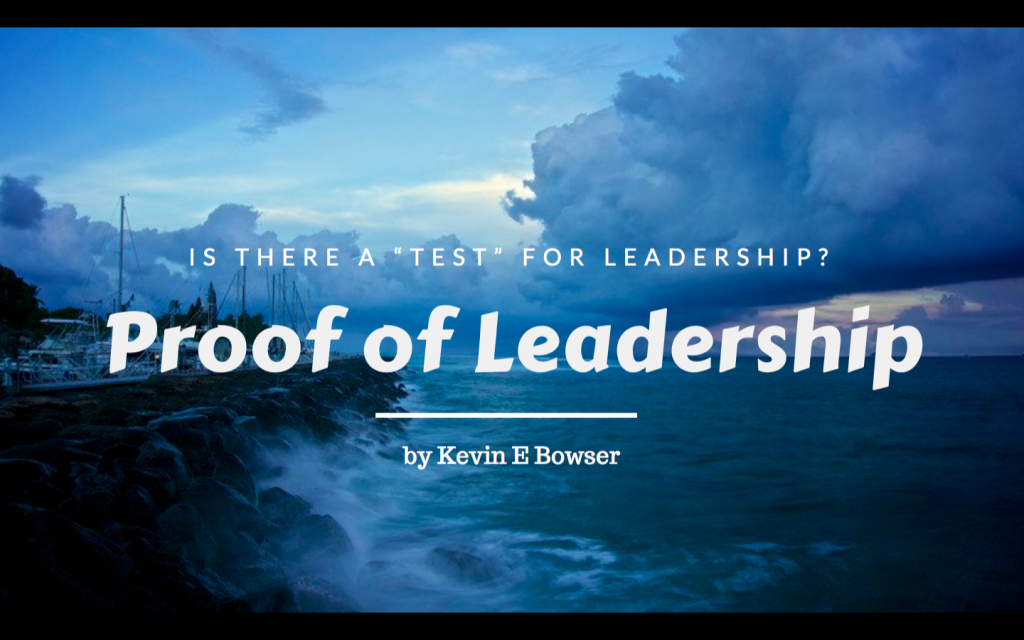Emotional intelligence is a topic that I have covered many times here in this setting. And I have explored the relationship between higher levels of emotional intelligence and overall success in life. Therefore, it is worthy of some additional coverage because of the major influence it has on your success as a leader. More importantly, it is worthy due to the fact that these are skills that can be learned and developed.
The key to understanding the link between emotional intelligence and leadership is the development of the sense of how our persona and how we communicate our ideas are being received by those that we are leading. Can we agree that most of our communication is non-verbal? A fellow writer on this site and a dear friend for many years has a mirror on his desk that was given to him in a training session more than 20 years ago. It serves to remind him that even when we are on the telephone, when we’re smiling, the attitude transmits and is received by the person on the other end of the line.
Intuitive or Learned
For many leaders, this is intuitive. For many, it is not. This is not to be considered as an indictment against those to whom it is not intuitive. There are many leadership styles and there are many successful leaders who don’t care one whit about “Emotional Intelligence”.
But my point is that as a leader we should want to care about how we are perceived by those we lead. We should learn that part of “seeing the big picture” is being able to communicate that picture in authentic and personal ways to those around us. We should want to use words and approaches that are meaningful to the receiver.
Emotional Intelligence has been likened to the graphic equalizer control in music. It tweaks the sound with a range from high to low and it adds depth and color to the sound. The actual lyrics or the musical melody are only a small fraction of the message in the music.
Emotional Intelligence can be learned, developed and maximized with a little awareness and little more effort. And it is incumbent upon us as leaders to do whatever we can to maximize our effectiveness.
The Leadership Application
Click here to read the rest of the article »











